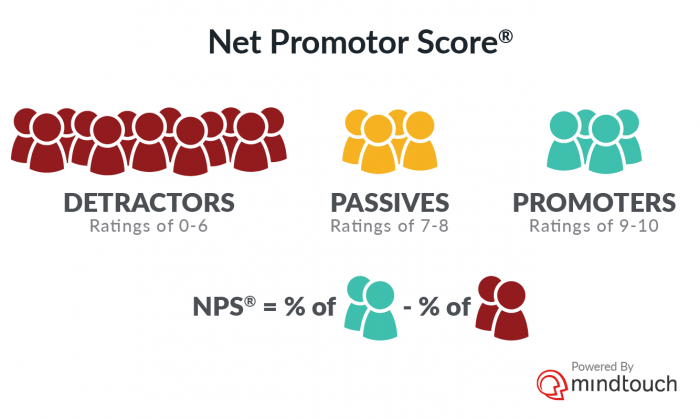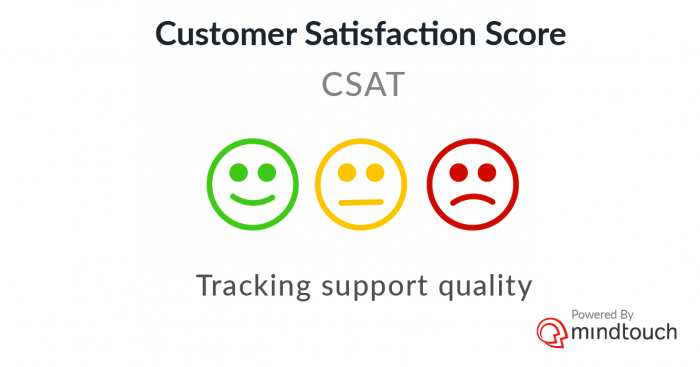In our rush to identify and improve customer journey KPIs, are we overlooking the most important thing? I’m talking about the customers themselves. I’m talking about using customer experience as the starting point, rather than the bottom line.
Why? Because failing to empathize with your customers can work against you, especially for organizational stakeholders charged with keeping tabs on customer journey KPIs within the contact center.
Journey through the customer’s eyes
The customer journey is as diverse as ever, and customers today have more options than ever before. How are support and service organizations supposed to be everywhere at once?
Understand the new customer demands
There’s Google, chatbots, voice assistants, and even phone support, all within arm’s reach. This expansive journey has created a new list of expectations:
- Be there in the channel I choose
- Be there in my language
- Optimize your content for mobile
- Make your content available in Google search results
- Don’t make me wait
- Don’t make me call you
- Anticipate my needs
8 essential customer journey KPIs
Here are some of the most reliable indicators that often reveal insights into how your service and support organization can improve the customer journey overall:
1. Customer Lifetime Value (CLV)
We know that it costs more to acquire new customers than to keep existing ones. But look at your CLV for opportunities along the customer journey to create value for existing customers. How might you as a company approach a core organizational objective (drive CLV) by first considering how you might enrich the customer experience?
2. Net Promoter Score (NPS)
If you were a customer, what kind of experience would motivate you not to recommend your products, services, and support experiences to others? The answer can provide clues into they touchpoints along the journey at which your customers are getting frustrated.

3. Customer Satisfaction (CSAT)
Take a closer look at poor CSAT scores to see what customers are telling you. What’s the context around those scores? What types of cases generated them?

4. Customer Effort Score (CES)
How much effort is required of your customers to do the things they want to do with your product or service, such as activating, updating, or contacting support?

5. Case volume
Taken as a KPI, your case volume might tell you how easy it is for customers to handle simple problems on their own, reveal obstacles in your journey, and identify where and how a customer self-service touchpoint or product improvement could make these cases unnecessary.
6. Uptime, page speed, and mobile optimization
People expect to find answers and solve issues anywhere and any time of day. And they expect to be able to do so quickly, on any device they choose. What are they supposed to do if your support sites are unavailable, poorly optimized for mobile, or they don’t load fast at all? How uptime impacts your CX.
7. Organic keyword traffic to your support site
For example, which articles are driving the most traffic from search? What keyword phrases are bringing the most users to your site? And what are your top ten or twenty service and support articles in terms of organic search traffic? The case for letting Google find your self-service content.
8. Abandon rate/bounce rate
People abandon your cart, call queue, or website for two reasons: they find what they need, or they are too frustrated to move forward. On the website or contact center side of things, high abandon rates might indicate that people can’t get through on the phone, that call routing is bad, or that your site’s flow is confusing.



